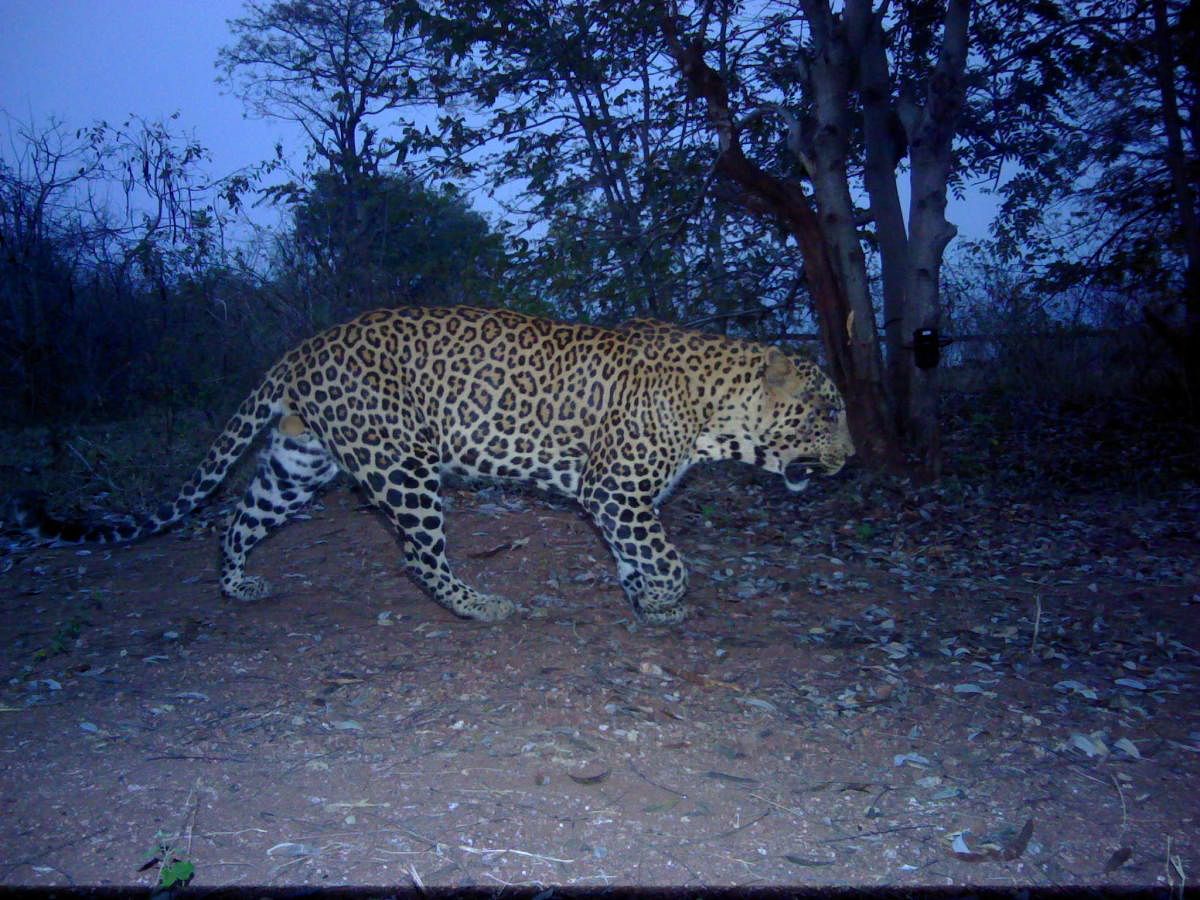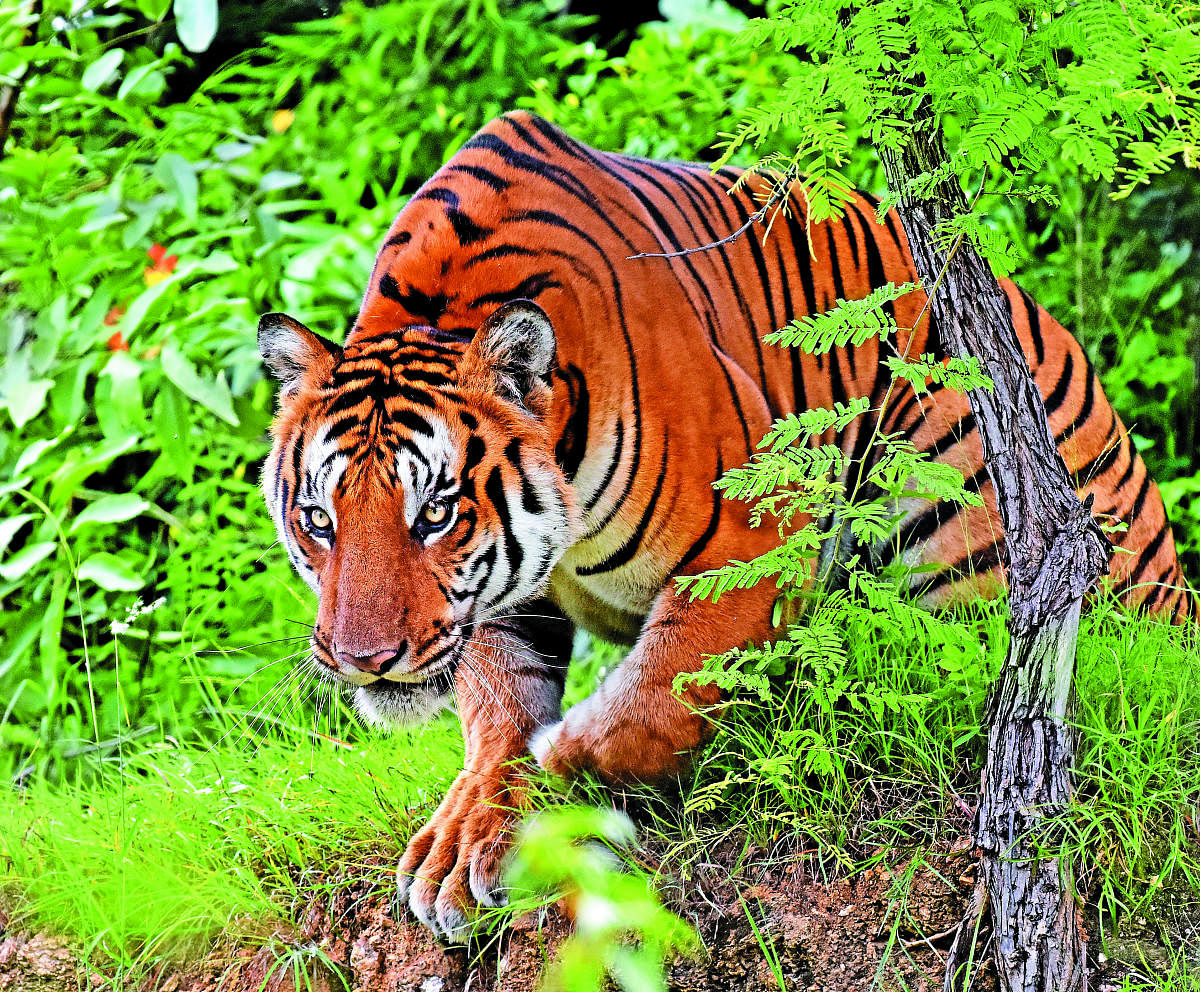

The Karnataka Forest Department will join forces with Jungle Lodges and Resorts (JLR) to start the safari in Bannerghatta National Park (BNP) in January on a pilot basis.
Besides easing tourist pressure on Bandipur and Nagarahole Tiger Reserves, the safari will help Bengalurians experience forest in less than a distance of 20 kilometre from the city.
Following a successful month-and-a-half of recce, the Principal Chief Conservator of Forests and the Chief Wildlife Warden Ajay Mishra has directed the Chief Conservator of Forest (CCF) of Bengaluru Circle to start safari on a pilot basis. Right now, Bengalurians can go on a safari in Bannerghatta Biological Park (BBP), which is carved out of the BNP.
Mishra told DH that the safari will familiarise people with the forest and the region’s ecosystem. “More than sighting animals, people can feel the forest and learn about diversity in this region as BNP connects the neighbouring Cauvery Wildlife Sanctuary,” he said.
Spread over 200 sq km, BNP is relatively a smaller forest area than Bandipur and Nagarahole. But officials hope that it will offer a different experience to the visitors. BNP is home to a lone male tiger besides housing several leopards, elephants, bears, dhols, monitor lizards, and a thriving herbivore, reptile, and avian population.
JLR’s managing director Kumar Pushkar said the safari will be limited to 26 to 30 sq km, which is about 10% of the area. “If the safari is found to be disturbing the wildlife, we will shut it down after the pilot project,” he said.
The recce was held to familiarise the wildlife with vehicle movements and adjust to their sounds. The department is thinking about offering the safari for one-and-a-half hours with the guidance of a naturalist.
The carrying capacity of the park will be ascertained by the wildlife wing based on road length and visibility. “Whatever the number of jeeps and trips they suggest, we will adhere to it. No road construction activity will be taken up inside the forest and vehicles will go on existing patrolling routes,” explained an official.
But the proposal has outraged activists. Joseph Hoover, a member of the state wildlife board, said the department seems to be on a tourism trip. “BNP is a fragmented landscape, and the vegetation is improving now. When there’s already a safari in the biology park, what’s the need for it in the national park which is small and is recovering from reckless quarrying, mining, and rampant encroachment,” Hoover asked, urging the department to reconsider the move.
